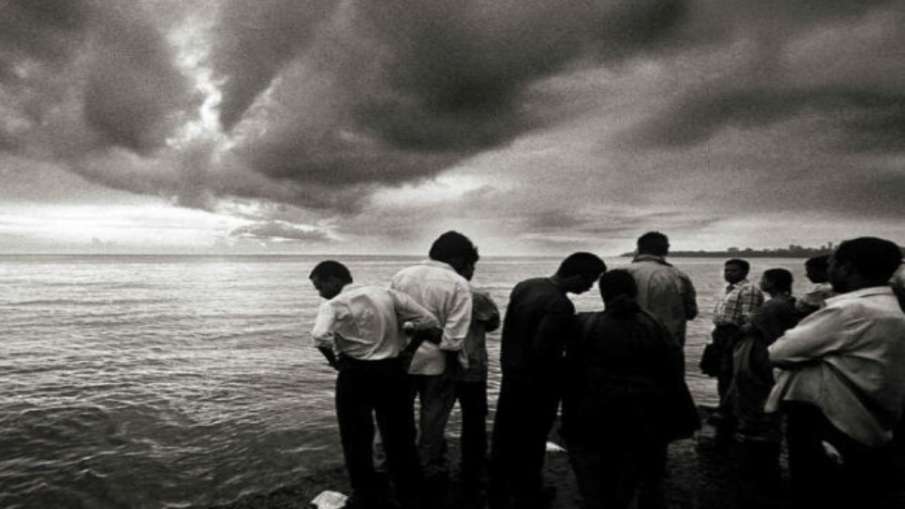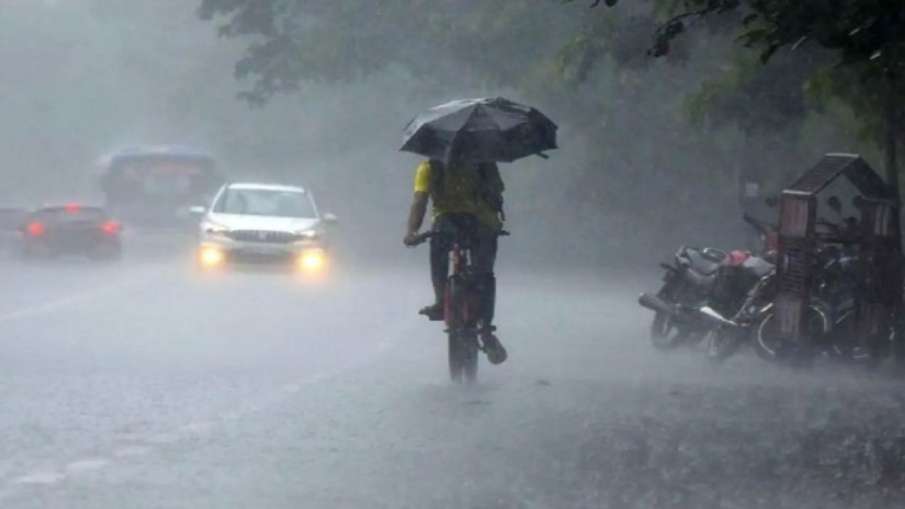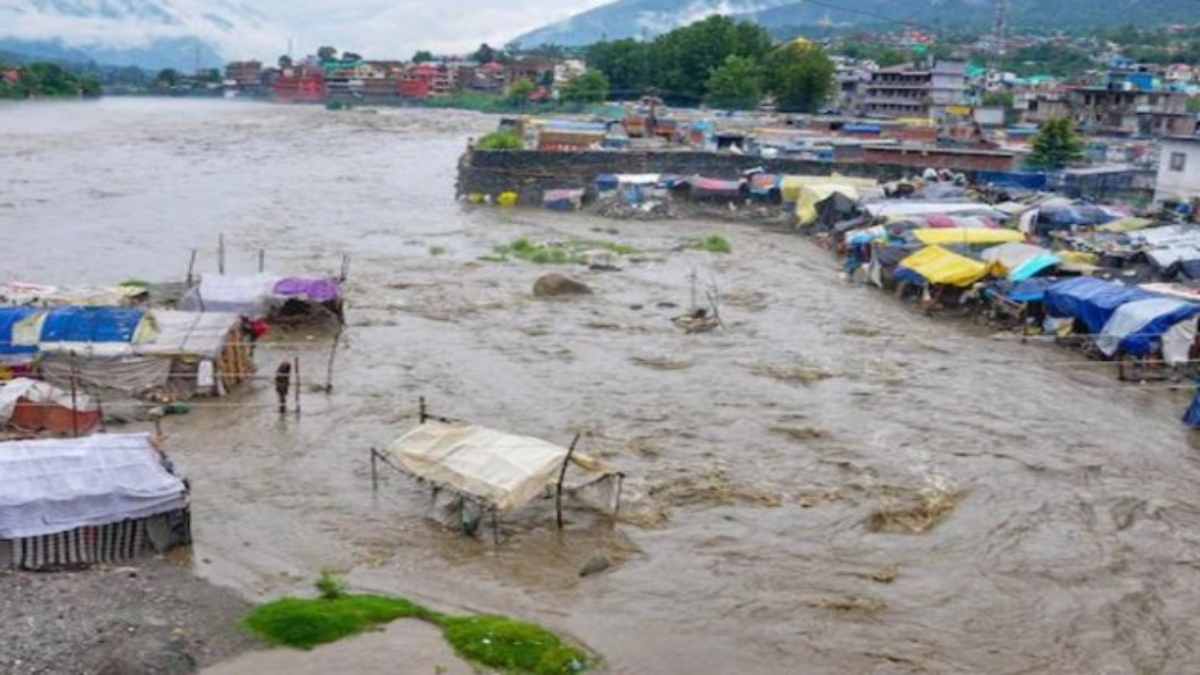If you pay attention, then the incidents of rain, flood, landslide and cloudburst have been increasing continuously in the last few years. Sometimes strong sunlight and sometimes sudden rain, in hilly areas, this situation is becoming a cause of concern. This change in nature is taking place because the monsoon patterns in India are constantly changing and these changes are mainly due to climate change. Due to this change, there is irregularity in rain patterns, including many factors such as the start of rain, repeated drought and sudden intense rain.
Monsoon has changed its move
Let us know that since the onset of monsoon on June 20 this year, at least 47 people have died in rain -related incidents till July 5, out of which 31 people died in cloudburst, sudden floods and landslides or they were drowned in the rains of rain. Earlier, during the 2023 floods, about 550 people lost their lives in natural disasters in Himachal Pradesh. Regarding this, environmental scientist Suresh Atri said, “We should understand and analyze our rain pattern as it affects our agriculture, horticulture and water system.”

Changing monsoon
Suresh Atri says that climate change is causing climate change due to global warming, causing continuous cloudburst, sudden floods and landslides. He said that care should be taken in places like Himachal regarding the ongoing construction work in the hilly area. Global warming has increased the temperature in the mountainous areas of India. This has led to an increase in incidents such as low snowfall, spring period incident, rain during May-June, moisture and humidity due to large-scale soil erosion, cloudburst, sudden floods and landslides due to heavy rains.

Changing monsoon
How the monsoon pattern is changing
- Now the onset of monsoon often delays, sometimes does not start properly by July and the monsoon often lasts till late September or early October.
- Traditionally monsoon -rich areas are declining rainfall, while dried areas are seeing an increase. Along with continuous drought, there is a change towards more intense rainfall.
- The patterns of the clouds are changing, the upper parts of the deep sustainable clouds are rising up, causing more intense rainfall. As a result, excessive rainfall and flood situation may arise in especially northwest India and coastal areas.
- These changes play a factor role such as an increase in temperature and changes in atmospheric circulation patterns.
- Changes in sea surface temperature in the Indian Ocean and Arctic also affect monsoon patterns.
- Western disturbances coming late can also contribute to the irregular nature of monsoon.
- Changing monsoon patterns offer challenges for agriculture and water management.
- Rain may cause drought due to low rainfall, while excessive rainfall may flood.
- Irregular rainfall can disrupt the crop cycle and affect the availability of water for both agriculture and common people.
- The monsoon is becoming more unexpected and peak, which requires both immediate mitigation measures and long -term adaptation strategies.

Changing monsoon
How to deal with floods, rain and landslide
According to the report of India Meteorological Department, the frequency of natural disasters will increase further in future and people will have to be aware and sensitive to save nature.
https://www.youtube.com/watch?v=w- v17isvpiy


Leave a Comment